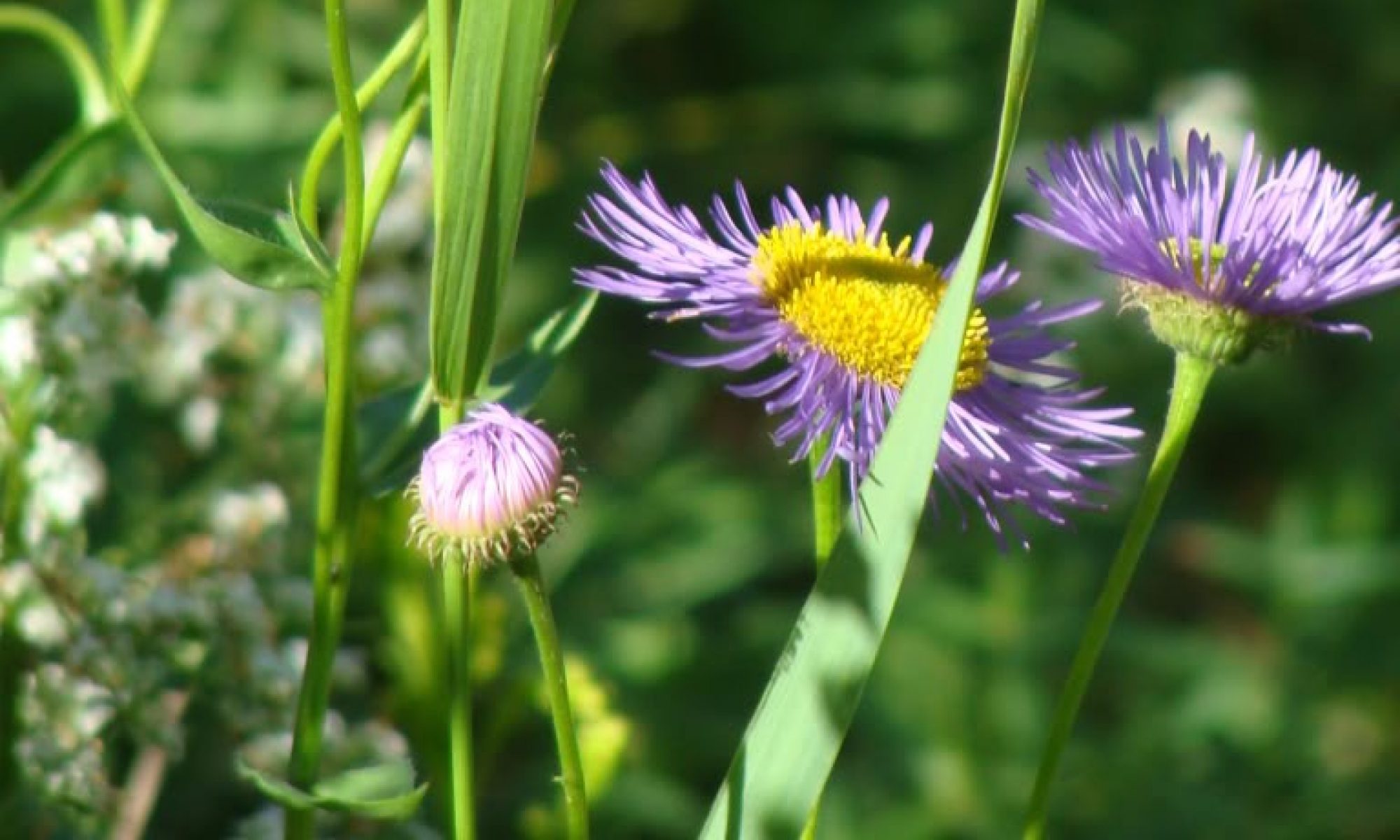Over the last two weekends, I have potted on eighty tiny seedlings of Geum macrophyllum (large-leaved avens) and thirty larger Eriophyllum lanatum (Oregon sunshine) seedlings. I expect they will be large enough for fall planting this year.


Here are some photos of mature Geum macophyllum in bloom and starting to form their intricate seed heads




My propagation efforts have been successful, with two dozen Douglas asters rooted and ready to give away or plant out, and dozens of Erythranthe guttata seedlings, seep monkey flowers, nearing maturity in 4″ pots. There are lupines, too, and yarrow, and there will be loads of others in the coming weeks!



There were so many seep monkey flowers that I decided to try them as bedding plants. I added a border of them to a new flower bed behind a nice public bench Leon installed next to our sidewalk.


I also planted out a few more western columbines to enlarge the existing patch in the native plant garden.

Because I had a lot of columbines and monkey flowers, I set about two dozen of them up for giveaway on the brick wall near the bench late yesterday afternoon. About ten of them have walked off to neighborhood homes. I am hopeful the rest will find new homes today.

Camas and violet flowers are among the beautiful blooms the natives are sporting this month.







My plan for today is to take some Douglas asters and poke them in around the Ingraham High School property. There are many wild areas there and much potential for natives to take hold and thrive if I can find spaces that will go unmolested.
If you plant it, they will come. Several bird pairs are nesting in our yard, including dark-eyed juncos, black-capped chickadees, and Anna’s hummingbirds. The Anna’s hummingbird baby was out of the nest this week with his mum still attending to it. It was so cute!





The other constant reminder that the birds will come is the bird song in and around our yard every day, from early morning to night. Robins, wrens, juncos, towhees, chickadees, flickers, and song sparrow melodies join the calls of crows, the cooing of band-tailed pigeons, and the quiet cheeps of bushtits. We are inside the City of Seattle limits, so a fairly urban area. I am so thrilled that so many birds are finding a way to survive here and hope to help that number increase as neighbors add native plants to their yards, too!




























































































































































































































